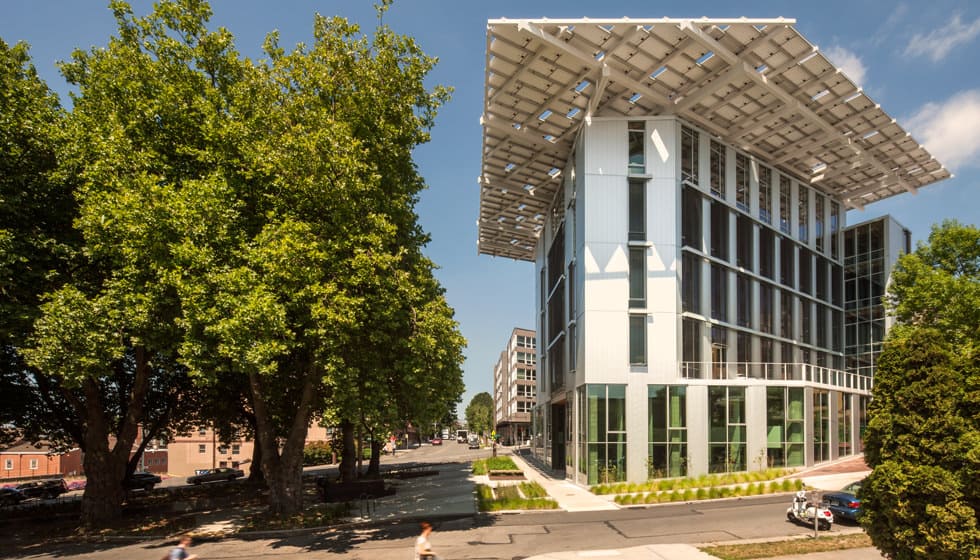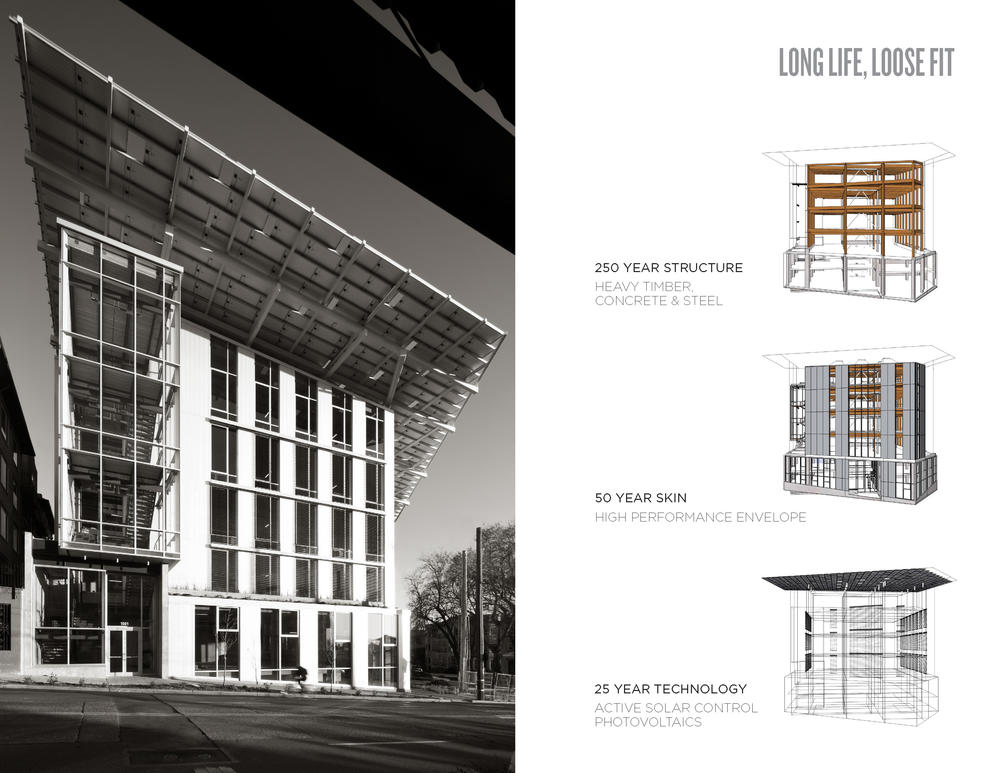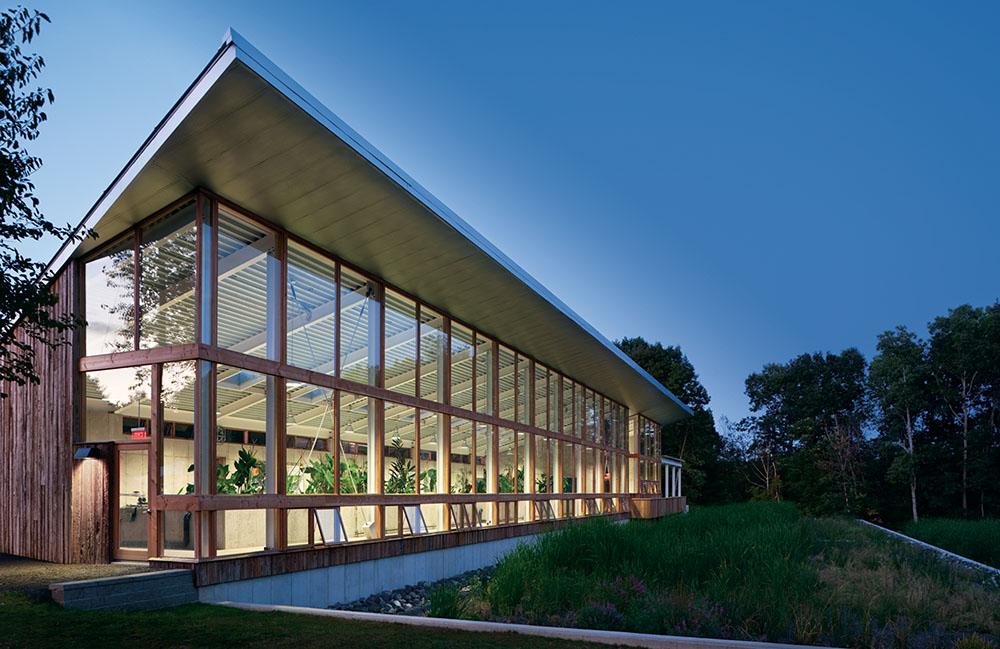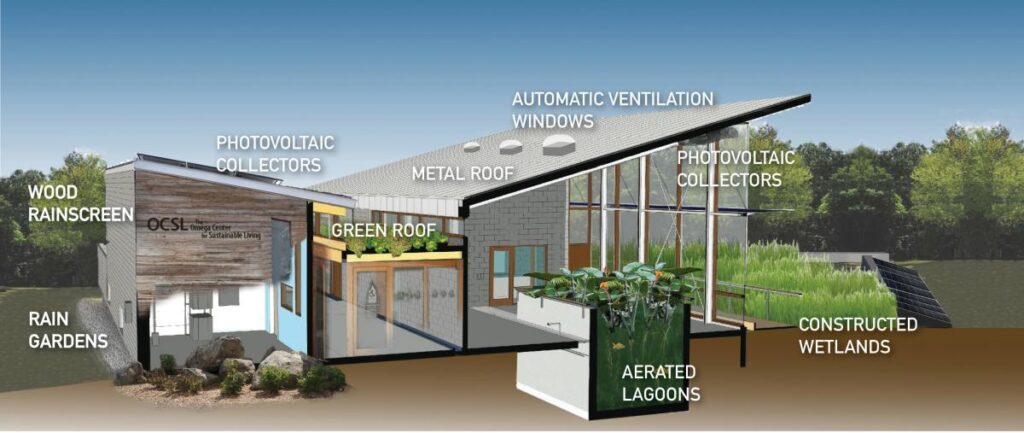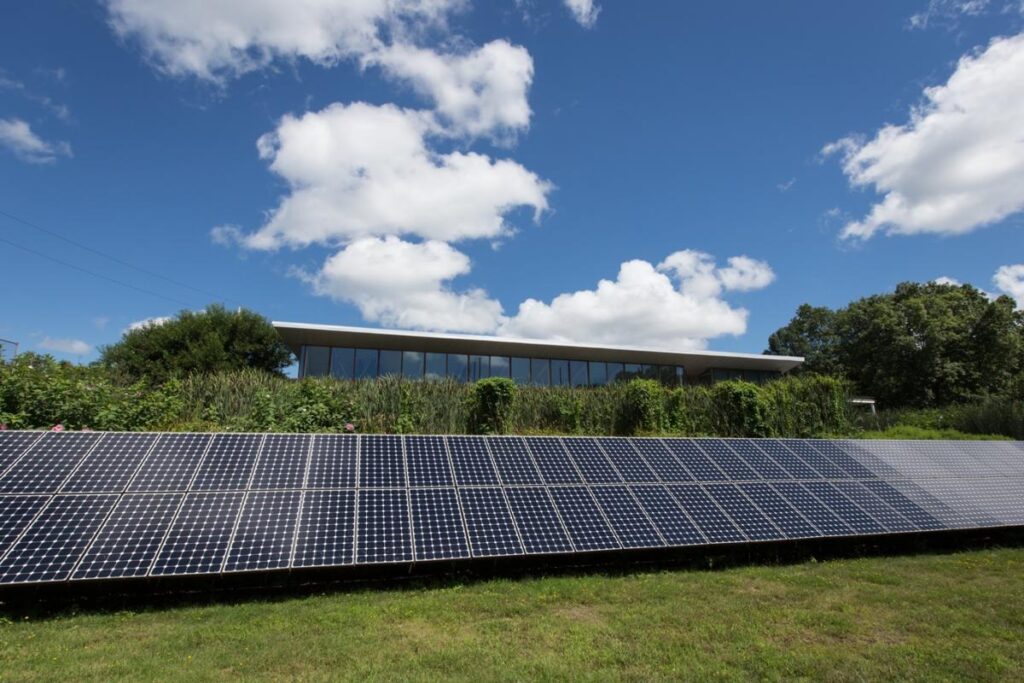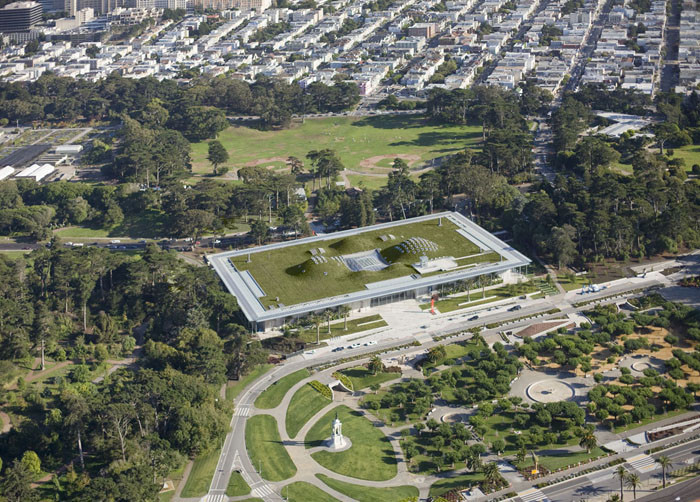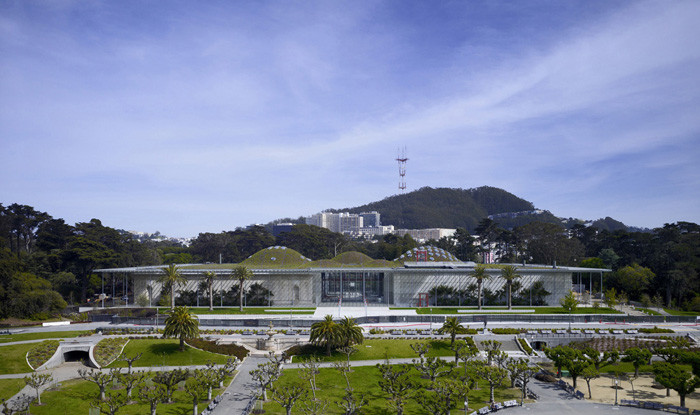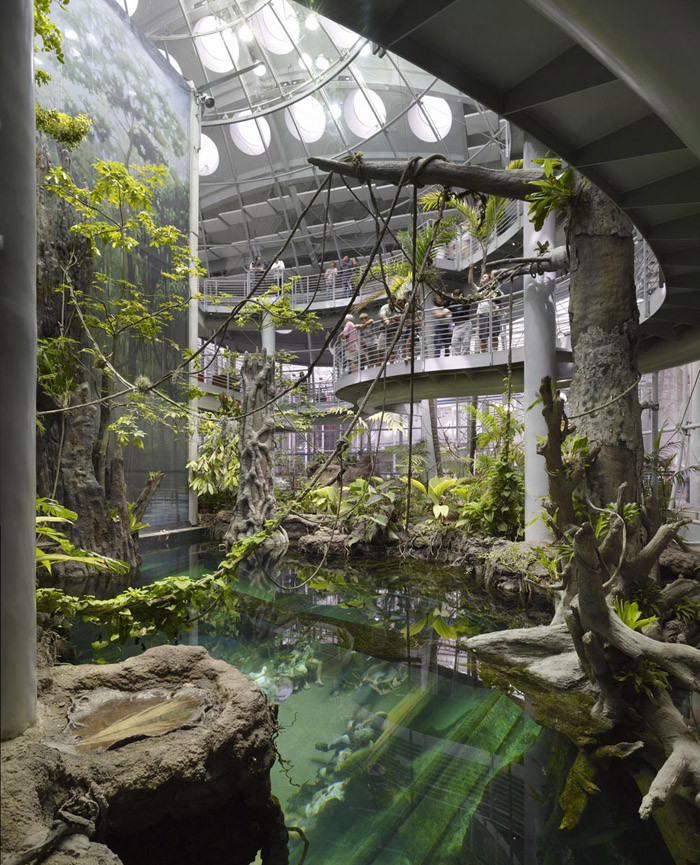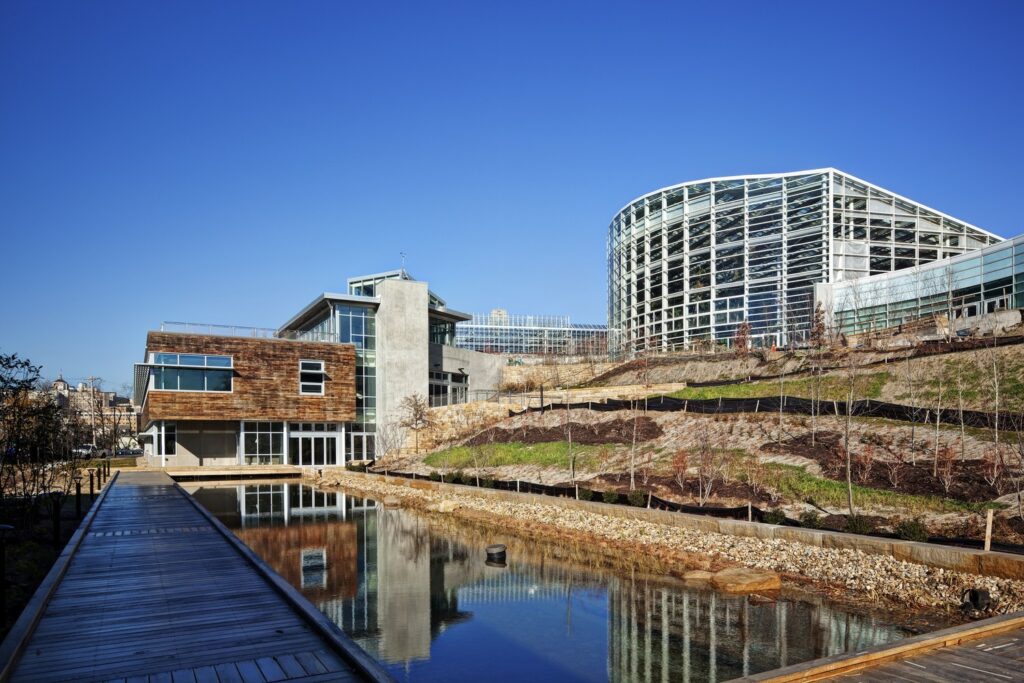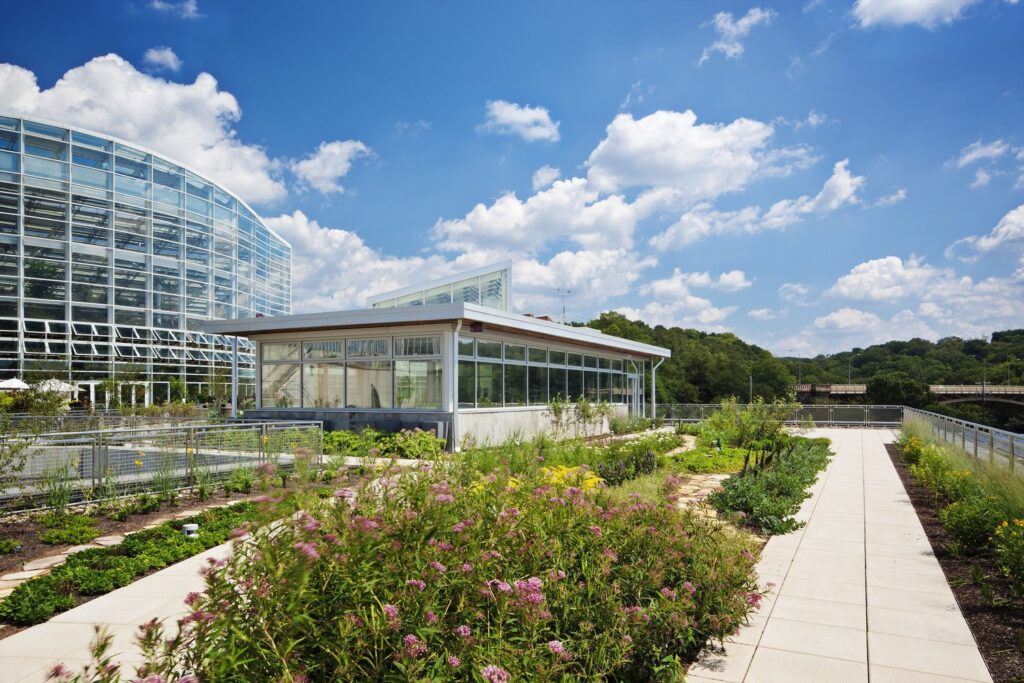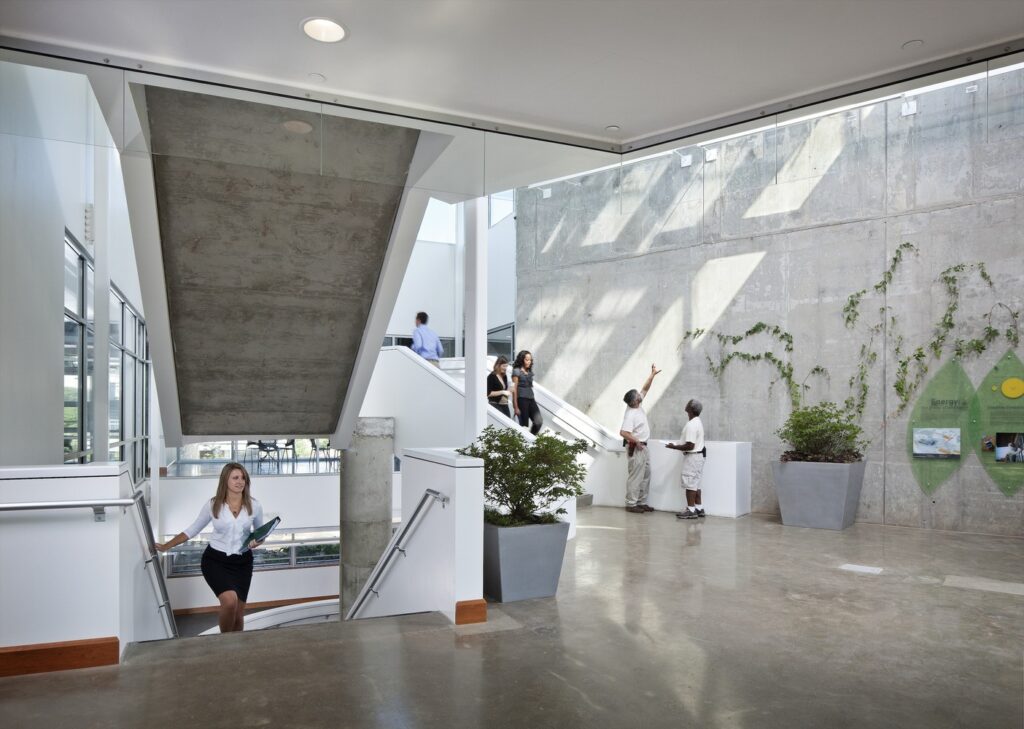In the evolving landscape of sustainable architecture, two design philosophies have emerged as particularly significant: passive design and regenerative design. While both approaches aim to create environmentally responsible buildings, they differ fundamentally in their underlying principles, methodologies, and ultimate goals. This comprehensive article explores these two design paradigms in depth, providing students and practitioners with a thorough understanding of their applications, benefits, and real-world implementations.
Passive design represents a more traditional approach to sustainable architecture, focusing primarily on reducing energy consumption through intelligent building design that works with natural environmental conditions. The concept dates back to ancient architectural practices but was formalized in the 20th century as part of the energy conservation movement. Regenerative design, by contrast, is a more recent development that goes beyond sustainability to actively improve and restore the natural environment through built interventions. This approach emerged in the late 20th century as architects and designers began recognizing the need for more holistic solutions to environmental challenges.
Understanding the distinction between these approaches is crucial for architecture students and professionals alike. While passive design can significantly reduce a building’s environmental footprint, regenerative design aims to create structures that give back to their ecosystems. The practical implications of choosing one approach over the other—or combining elements of both—can have profound effects on everything from energy performance to community well-being and ecological health.
Passive design operates on the principle of working with natural environmental conditions to maintain comfortable interior spaces with minimal mechanical intervention. This approach carefully considers factors such as building orientation, thermal mass, natural ventilation, and daylighting to reduce energy demands. For example, in temperate climates, passive solar design might involve positioning large windows on the south-facing side of a building (in the northern hemisphere) to maximize winter sun exposure while using overhangs to block high summer sun. The thermal mass of materials like concrete or brick can then store this heat, releasing it gradually to maintain stable temperatures.
The effectiveness of passive design strategies depends heavily on local climate conditions. In hot, arid regions, traditional passive cooling techniques might include wind towers that capture cooler breezes at higher elevations and direct them downward, or thick earthen walls that provide thermal lag. In more humid climates, passive design might emphasize cross-ventilation and shading to promote air movement while minimizing solar heat gain. These climate-responsive strategies demonstrate how passive design adapts to environmental conditions rather than attempting to overcome them through mechanical means.
One of the most compelling aspects of passive design is its cost-effectiveness over a building’s lifecycle. While some passive strategies may require higher initial investments—such as high-performance glazing or additional insulation—they typically pay for themselves through reduced energy costs within a few years. The Bullitt Center in Seattle serves as an excellent example of passive design principles applied at scale. Dubbed the ‘greenest commercial building in the world,’ it incorporates features like automated windows for natural ventilation, a carefully calibrated building envelope, and photovoltaic panels that make it net-positive in energy production.
Regenerative design represents a paradigm shift in sustainable architecture, moving beyond the goal of simply reducing harm to actively improving environmental conditions. This approach views buildings not as isolated objects but as integral components of living systems that can contribute to ecological restoration. Where passive design might focus on minimizing a building’s energy use, regenerative design asks how that building can generate clean energy, purify water, enhance biodiversity, and even sequester carbon. The Living Building Challenge, one of the most rigorous sustainability standards, embodies many regenerative design principles by requiring projects to give back more than they take.
At its core, regenerative design seeks to create buildings that function like natural ecosystems—self-sustaining, resilient, and productive. This might involve designing wastewater treatment systems that create habitat for local species, or green roofs that not only insulate but also support pollinator populations. The Omega Center for Sustainable Living in New York provides a compelling case study. Its Eco Machine wastewater treatment system mimics natural wetland processes to clean water while creating educational and aesthetic value. Such projects demonstrate how regenerative design can turn buildings into assets for their surrounding environments.
The social dimension of regenerative design is equally important. Many regenerative projects incorporate community engagement and education components, recognizing that sustainable systems must be understood and maintained by the people who use them. The Khoo Teck Puat Hospital in Singapore exemplifies this approach. Its design integrates extensive greenery that cools the building while providing therapeutic spaces for patients and habitat for urban wildlife. The hospital’s architecture actively contributes to patient healing and staff well-being while improving the local microclimate—a true embodiment of regenerative principles.

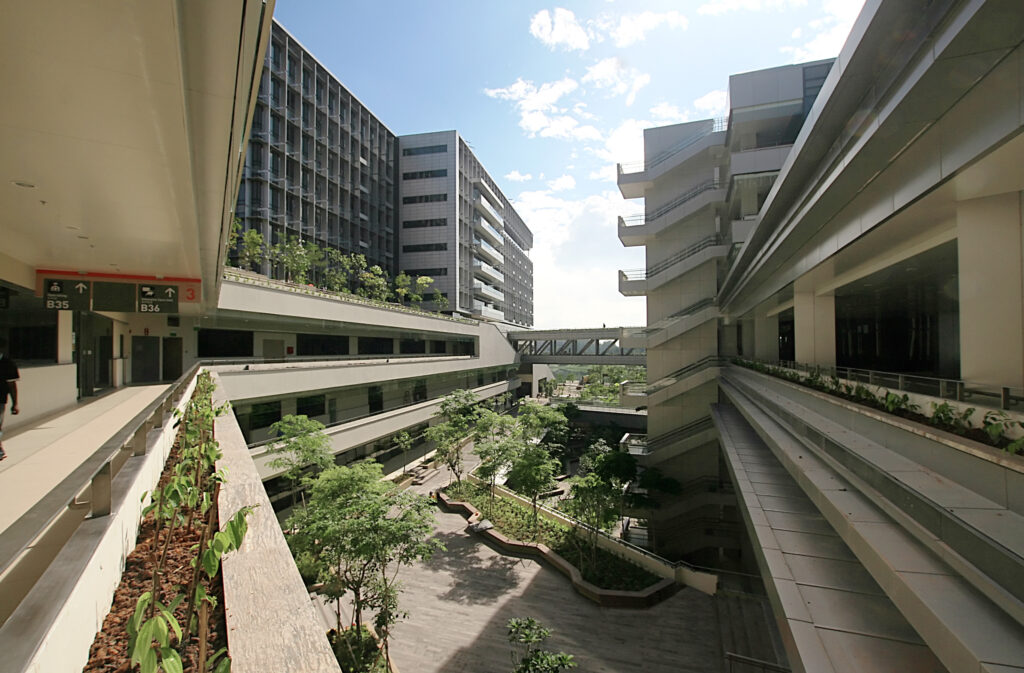
 When comparing passive and regenerative design approaches, it’s important to recognize that they operate on different scales and timelines. Passive design primarily addresses the building scale and immediate energy performance, while regenerative design considers broader ecological systems and longer-term impacts. A passive house might achieve remarkable energy efficiency through its envelope design, but a regenerative building would additionally consider how its materials were sourced, how construction affected local ecosystems, and how the building could contribute to regional environmental goals.
When comparing passive and regenerative design approaches, it’s important to recognize that they operate on different scales and timelines. Passive design primarily addresses the building scale and immediate energy performance, while regenerative design considers broader ecological systems and longer-term impacts. A passive house might achieve remarkable energy efficiency through its envelope design, but a regenerative building would additionally consider how its materials were sourced, how construction affected local ecosystems, and how the building could contribute to regional environmental goals.
The choice between these approaches often comes down to project constraints and aspirations. Passive design principles can be applied relatively easily to conventional projects with modest sustainability goals, while regenerative design typically requires more ambitious programming and client commitment. However, the most forward-thinking projects increasingly combine elements of both. The California Academy of Sciences in San Francisco demonstrates this integration beautifully. Its living roof provides insulation (passive benefit) while supporting native plant species and managing stormwater (regenerative benefits). The building also generates its own renewable energy and serves as an educational resource about environmental stewardship.
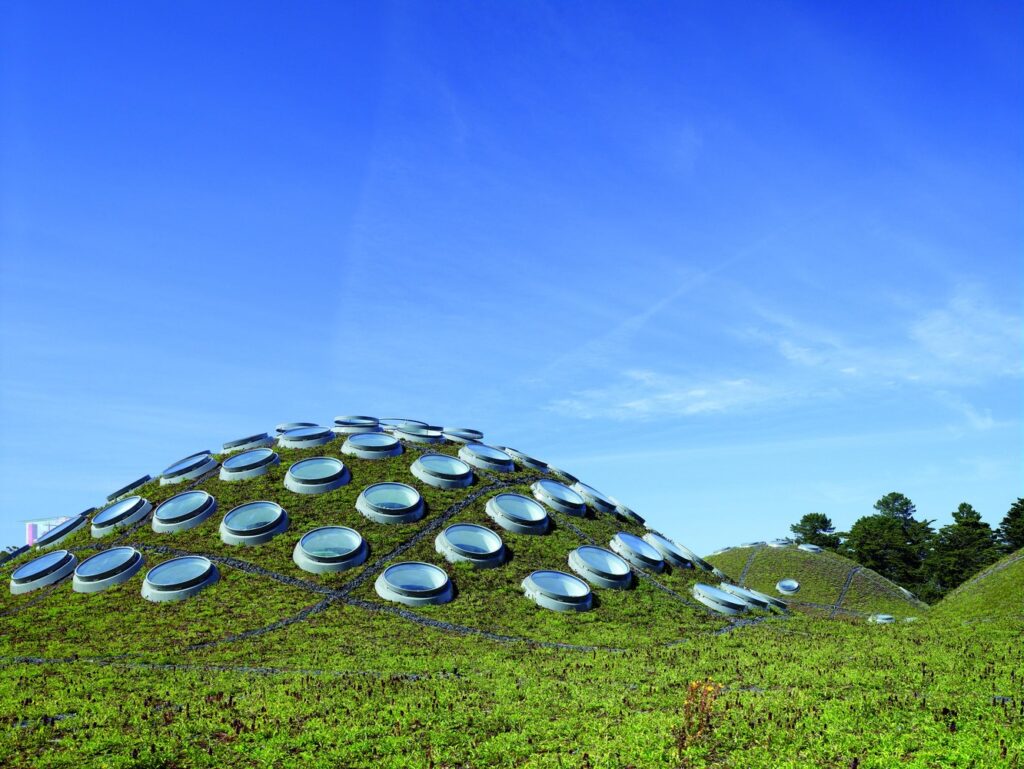
California Academy of Sciences
Location: San Francisco, California
Architect: Renzo Piano Building Workshop
Material selection offers another interesting point of comparison between the two approaches. Passive design might prioritize materials with high thermal mass or insulating properties, while regenerative design would additionally consider material lifecycles, embodied carbon, and potential for reuse or biodegradation. Cross-laminated timber (CLT) has gained popularity in both approaches but for slightly different reasons. Passive designers value it for its thermal performance and airtight construction potential, while regenerative designers appreciate its carbon sequestration capacity and renewability as a material.
For students and practitioners looking to apply these concepts, several practical considerations emerge. First, climate analysis should inform any sustainable design strategy. Passive design requires detailed understanding of solar paths, prevailing winds, and seasonal temperature variations. Regenerative design expands this analysis to include watershed conditions, soil health, and local biodiversity. Tools like climate consultant software can aid passive design decisions, while regenerative design might employ permaculture principles or ecosystem services assessments.
Second, both approaches benefit from integrated design processes that bring together architects, engineers, and other specialists early in the project. Passive design requires careful coordination between building orientation, envelope design, and mechanical systems. Regenerative design demands even broader collaboration, potentially including ecologists, landscape architects, and community stakeholders. The Bertschi School Living Science Building in Seattle illustrates this well, having been developed through an intensive charrette process that engaged students, teachers, and design professionals in shaping its regenerative features.
Third, performance monitoring is crucial for validating design assumptions and improving future projects. Passive buildings often use energy monitoring systems to verify efficiency gains, while regenerative projects might track additional metrics like water quality improvement or species diversity. The Center for Sustainable Landscapes in Pittsburgh, which generates all its own energy and treats all stormwater on site, maintains extensive monitoring systems that provide valuable data for both operations and research.

Looking ahead, both passive and regenerative design will likely evolve in response to climate change and technological advancements. Passive design may incorporate more dynamic, responsive systems that adapt to changing weather patterns, such as phase-change materials that adjust their thermal properties based on temperature. Regenerative design will probably move toward more quantifiable ecological benefits, with buildings required to demonstrate measurable improvements in air quality, carbon sequestration, or habitat provision.
The convergence of these approaches seems inevitable as sustainability standards become more rigorous. Future buildings may need to demonstrate both exceptional energy performance (passive) and net-positive environmental contributions (regenerative). Emerging technologies like photovoltaic glass and carbon-negative concrete could facilitate this dual achievement. Educational institutions have an important role to play in this transition by training architects who understand both technical building science and ecological systems thinking.
Ultimately, the distinction between passive and regenerative design may blur as best practices from each become standard in high-performance architecture. What begins as a specialized approach—whether maximizing passive strategies or pursuing regenerative outcomes—will ideally become simply how all buildings are designed. The urgency of climate change and biodiversity loss makes this integration not just desirable but necessary for creating built environments that sustain both human and ecological communities for generations to come.

